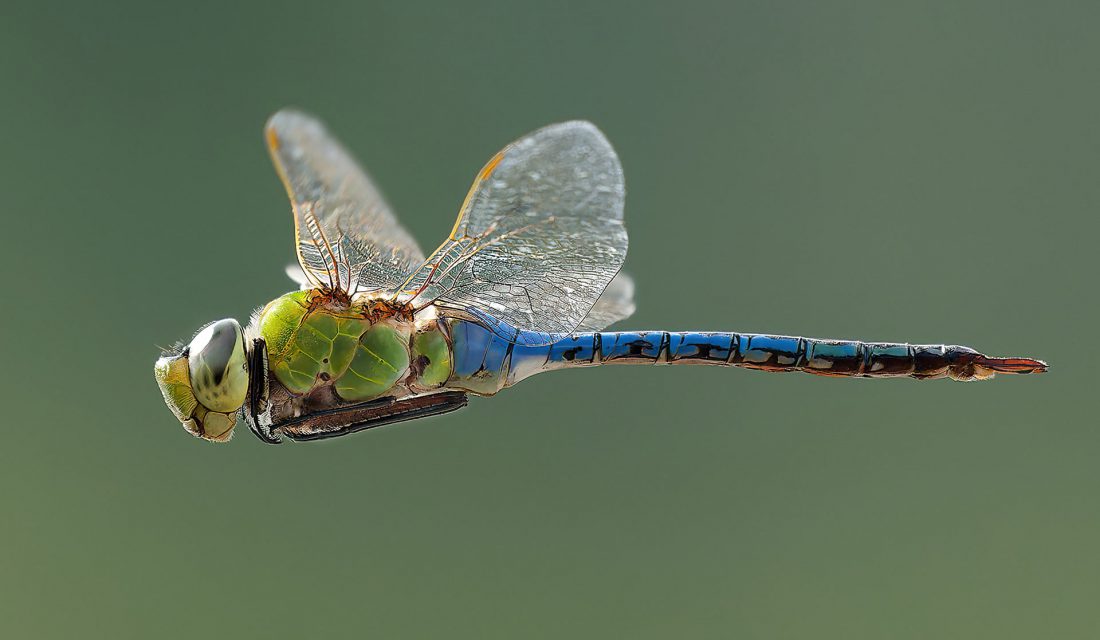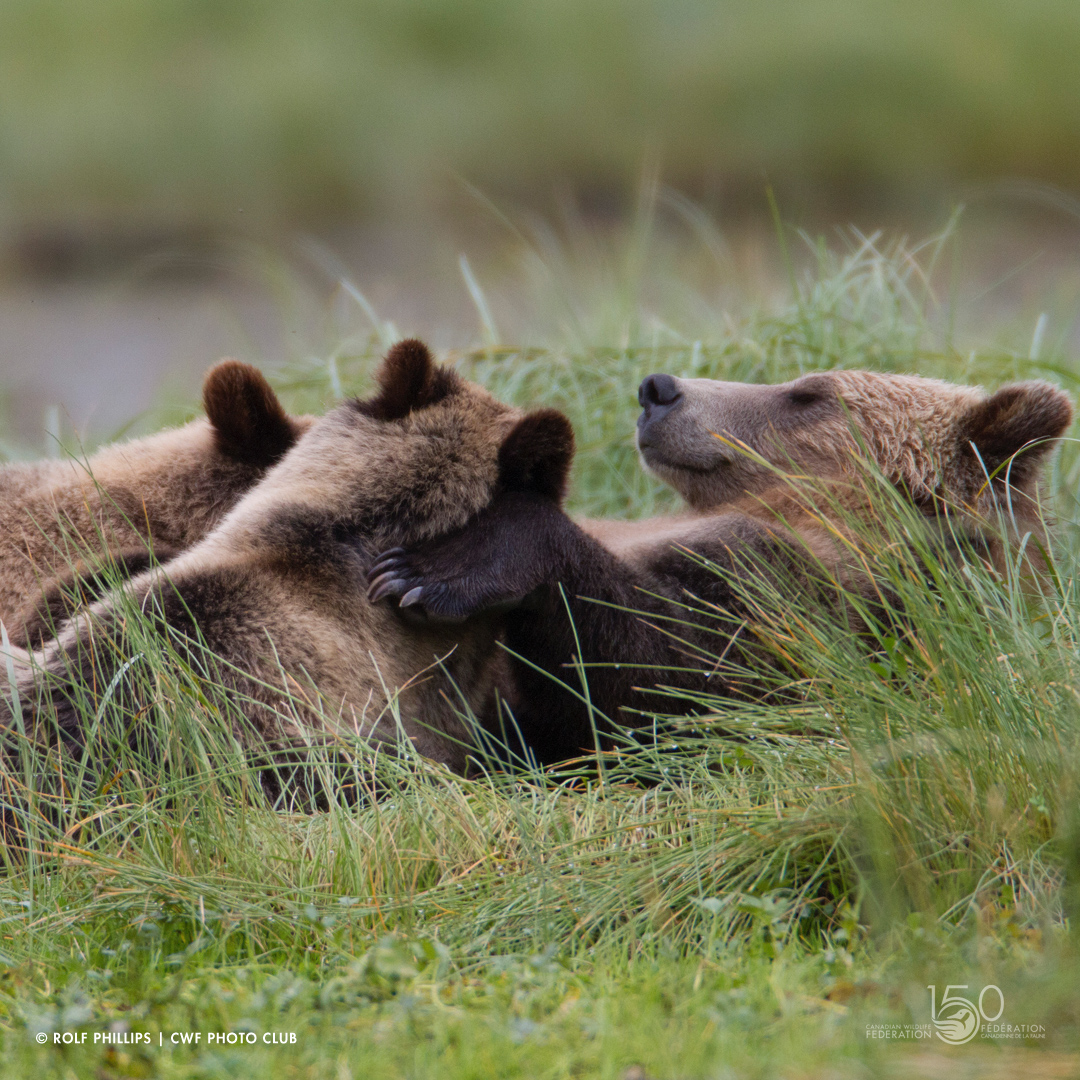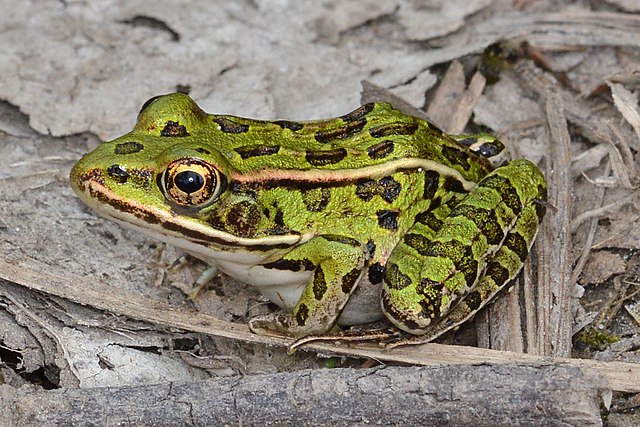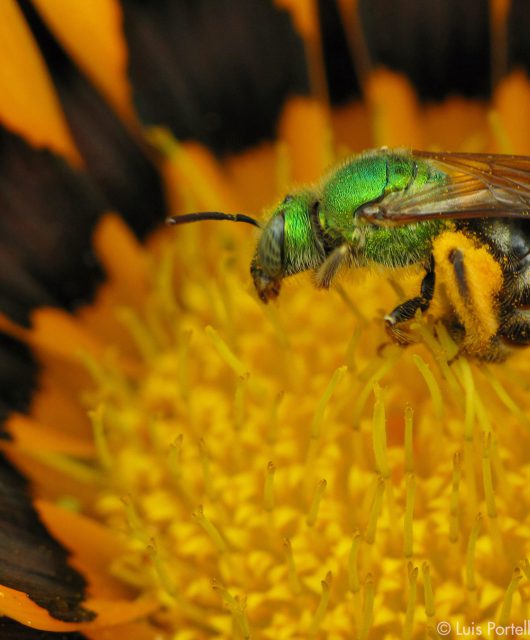Some females will go to great lengths to keep males at bay. Just how far will they go? Keep reading to find out!
Have you ever wondered why males in the wild are more colourful than females? From cardinals to sandpipers, the males are decked out in bright, gorgeous outfits. So why are the ladies sticking to more subdued looks? It turns out there might be a purpose in a females’ drab attire. Scientists from the University of Exter and the University of California suspect that females avoid looking bright and colourful to dodge unwanted attention.
Other savvy female animals have their own bag of tricks to keep persistent males away. Let’s explore these ingenious strategies now!
Pronghorns

Male Pronghorns get a little possessive during fall – at least when it comes to does. He’ll follow the does around to make sure they don’t slip away before mating season. But females aren’t willing to put up with that kind of behaviour.
Brace yourself for a rather unexpected escape plan. These females will unleash the ultimate “urine distraction” technique…right in front of the overzealous male. Now, you might be wondering how in the world that helps matters. Well it turns out our smitten male will likely get distracted and will start sniffing away at the area where she urinated. And that’s the golden opportunity the clever female was waiting for! While he’s busy sniffing away, she bolts for freedom!
Did I forget to mention Pronghorns are the fastest land animal in Canada? With their turbocharged lungs and an extra-large windpipe, these mammals can hit speeds of 100 kilometres per hour or more! See ya, fellas!
Dragonflies

Some female dragonflies will play dead to avoid cozying up with their male counterparts. While collecting larvae of the Moorland Hawker Dragonfly, researchers from the University of Zurich discovered that flying females would crash down to the ground and lay motionless if a male dragonfly started pestering her.
Believe it or not, the trick worked wonders! The clueless male nonchalantly sauntered away, leaving the “deceased” damsel in distress. Only when the coast was clear would the female abandon their act and gracefully take flight.
But why all the theatrics? It turns out these clever ladies are all about reproductive efficiency. A single rendezvous with a male can fertilize all their eggs in one shot. Any additional romantic escapades could spell trouble for their reproductive tracts.
Bears

During mating season, some insistent males go to extreme lengths for another shot at mating with a female – even resorting to killing off her cubs. To protect her precious cubs from males, mothers will move into a danger zone – areas that humans can be found. A Ph.D biology student from the Université de Sherbrooke discovered this while researching how bears act around humans. Using GPS data and tracking from ground and helicopter, Martin Leclerc found that mothers that brought their cubs to areas close to humans were more successful at keeping their cubs alive than females that kept their cubs in more isolated locations. Why don’t males just follow suit into human territory? They don’t like the stress! Although, it appears it’s pretty stressful for females too. Once mating season subsides and her cubs are safe, she leaves these populated areas pronto.
Frogs

Mating season can get a tad intense for some frog species. So much so that female frogs have perfected the art of playing dead. For frogs with short mating seasons, males can become particularly aggressive – even drowning females while mating. To escape that fate, females will literally pretend to be dead — dramatically flopping to one side, limbs stiff as a board – hoping to fool males into thinking they’ve lost their chance at mating. And honestly, who could blame these lady frogs? Sometimes a dramatic exit is the only way to go!




